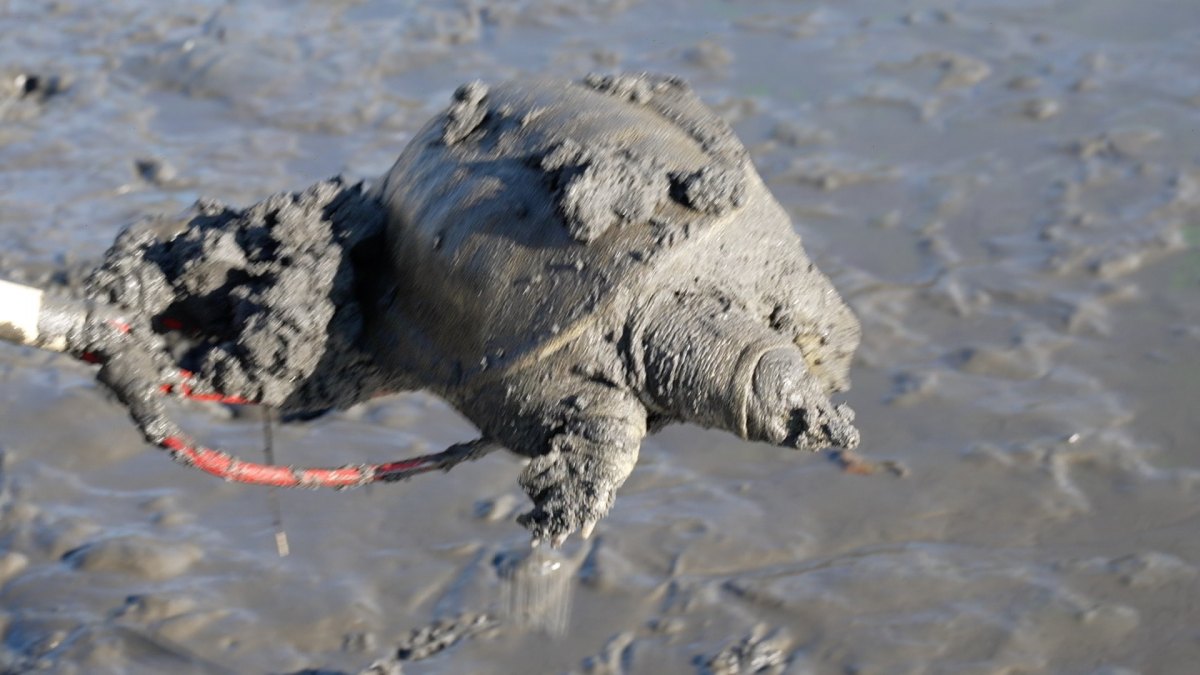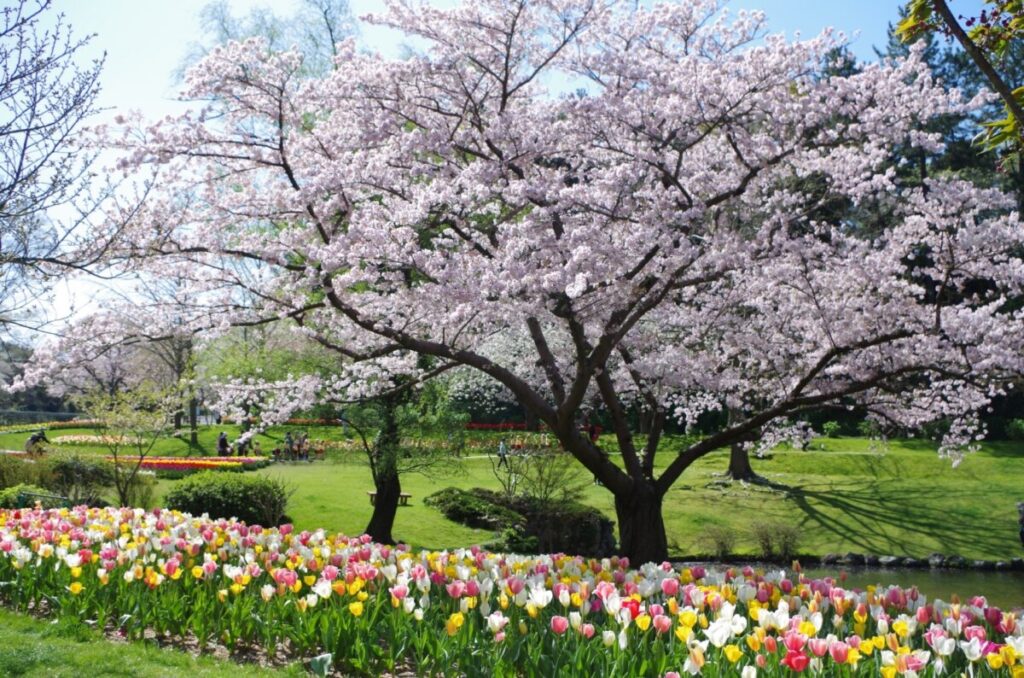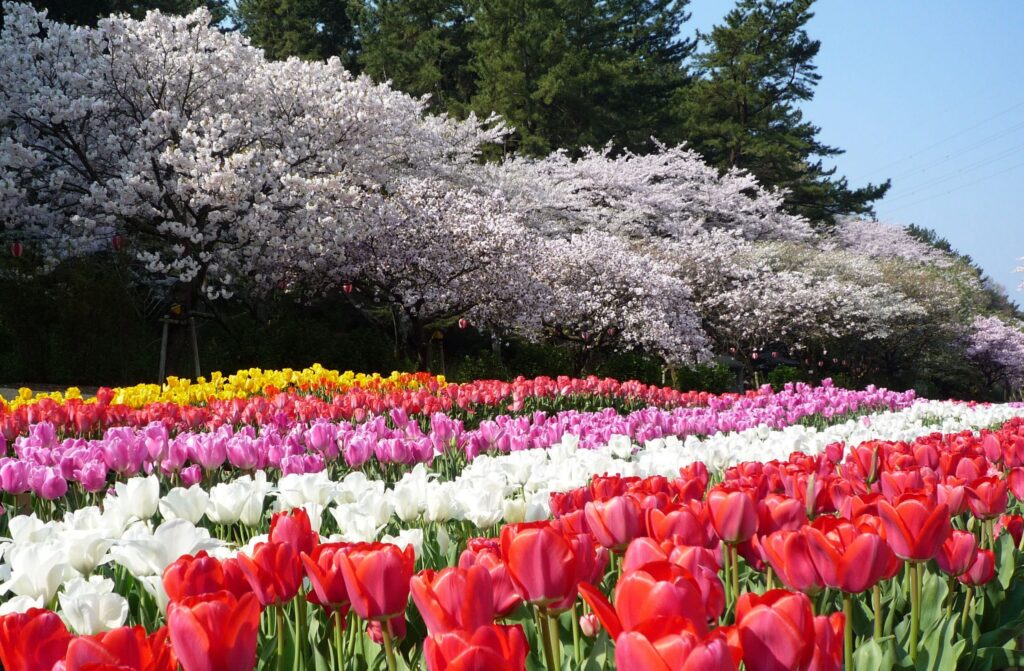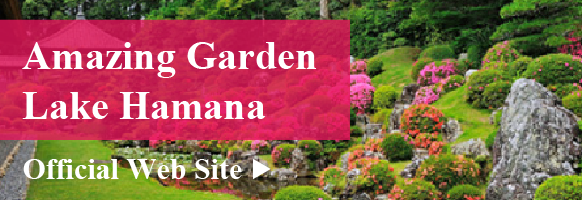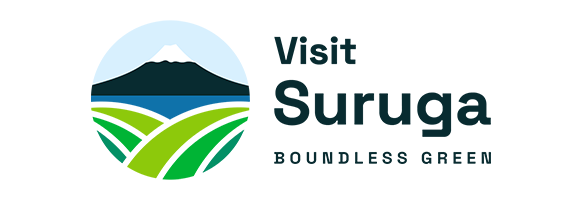Get to Know Hamamatsu
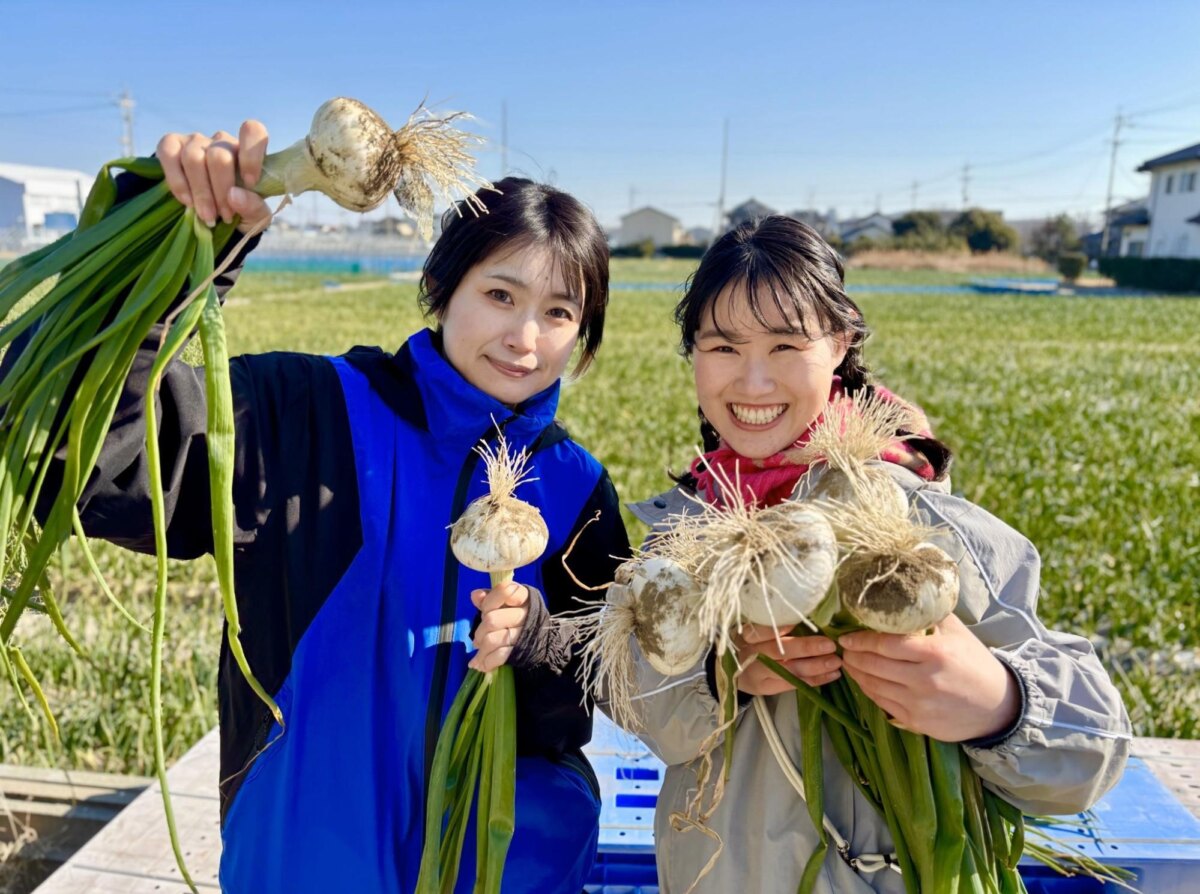
- Eat
- Buy
Introducing “Premium White” — The Sweet, Mild, and Juicy New Onion You Can Eat Raw
There’s a white onion that’s incredibly juicy—almost like fruit—and bursting with rich sweetness. Its name is “Premium White.”…
The Shinohara area lies along the Enshunada coast, just south of Hamamatsu City in Shizuoka Prefecture.
Here, you’ll find the “Shin-Shiratama Onion,” a variety so fresh and juicy it’s almost like fruit, with a rich, natural sweetness.
Its name says it all: “Premium White.”

Image credit: Hamanako Direct Market
Shipping begins as early as winter—said to be the fastest in Japan—and because it’s rarely seen in the market, it’s often called the “phantom new onion.”
This time, we joined Hamamatsu–Lake Hamana Tourism Ambassadors Yuto Hoshikusu and Fuuna Shirai to interview Takahiro Muramatsu, President of Con-Farm Co., the producer of Premium White.

We had the chance to dive deep into the secrets behind its amazing flavor and the special techniques used in its cultivation.
The Shinohara area, where Japan’s earliest new onions are grown
When people think of new onions, they usually picture a seasonal vegetable that appears in early spring.
However, in Shinohara, Hamamatsu City, Shizuoka Prefecture, harvest takes place from late December to January, making it possible to enjoy some of the freshest new onions in Japan—earlier than anywhere else!
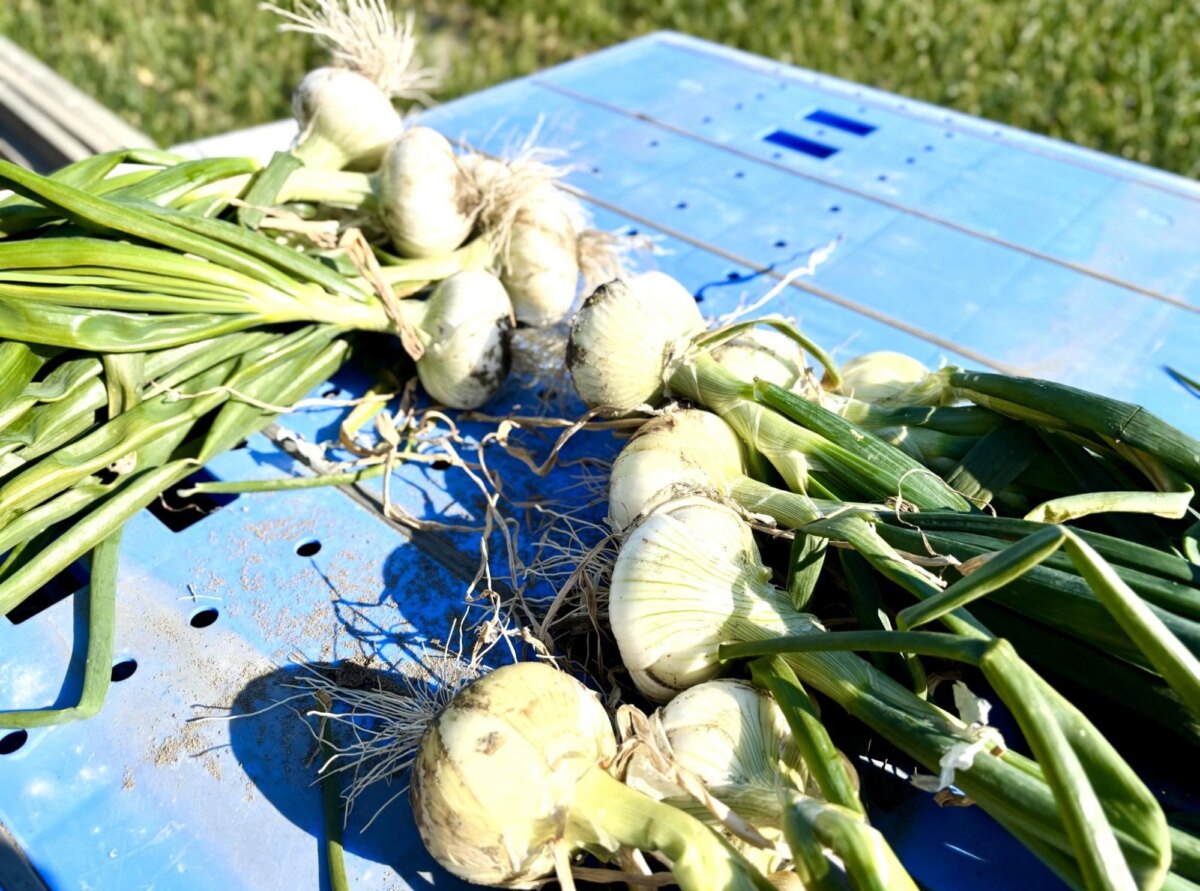
Among them, the “Premium White” grown by Mr. Muramatsu stands out as a flat-shaped, pure-white onion with a distinctive appearance.
Because production is limited, it’s rarely seen on the market.
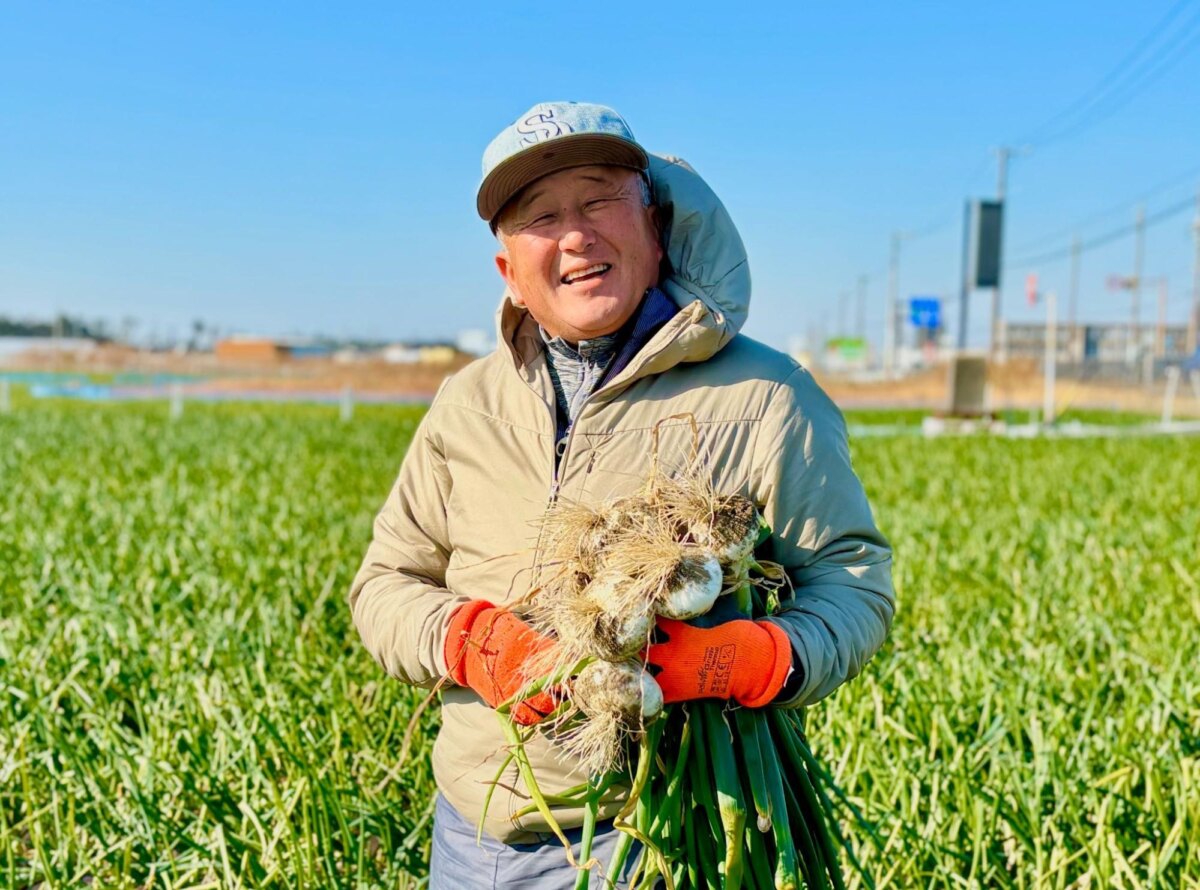
Mr. Takahiro Muramatsu, President of Con-Farm Co., Ltd.
Our visit took place in mid-January, during the still-chilly depths of winter.
The sea breeze was brisk and sharp, yet the sunlight offered a gentle warmth, making the crisp winter air surprisingly pleasant.
“Take a look at your feet—this is sandy soil, isn’t it?” said Mr. Muramatsu.
Looking down, we saw fields with soil as light and fine as beach sand stretching out before us.
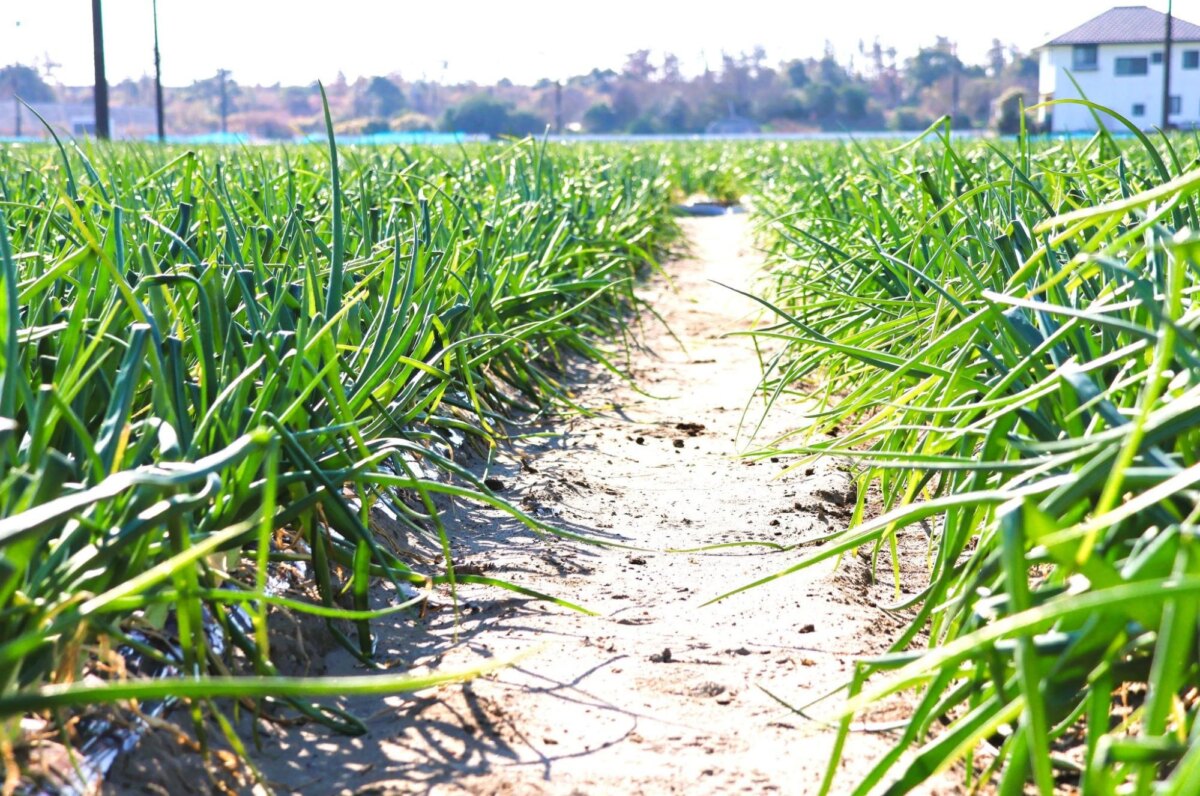
The Shinohara area along the Enshunada coast features sandy soil that extends from Nakatajima Sand Dunes, one of Japan’s three major sand dunes, known for its excellent drainage.

In addition, the area enjoys longer hours of sunlight than the national average, which warms the soil and promotes the growth of high-quality onions—allowing new onions to be harvested earlier here than anywhere else in Japan.
They also use mulch to protect the onions from winter cold and UV rays, ensuring more stable cultivation.
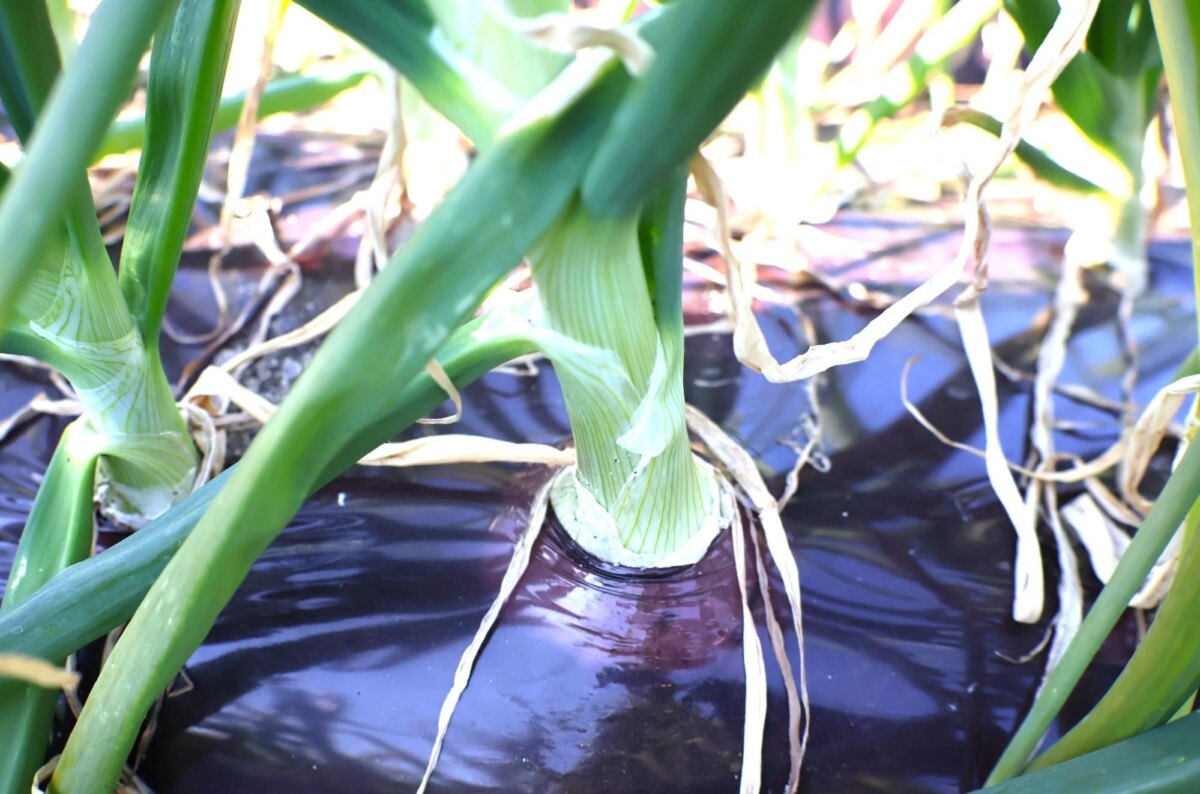
That said, the crop is still vulnerable to unpredictable weather, such as heat damage or prolonged rainfall.
While the well-draining soil is an advantage, they carefully manage irrigation and soil conditions daily to adapt to changing weather.
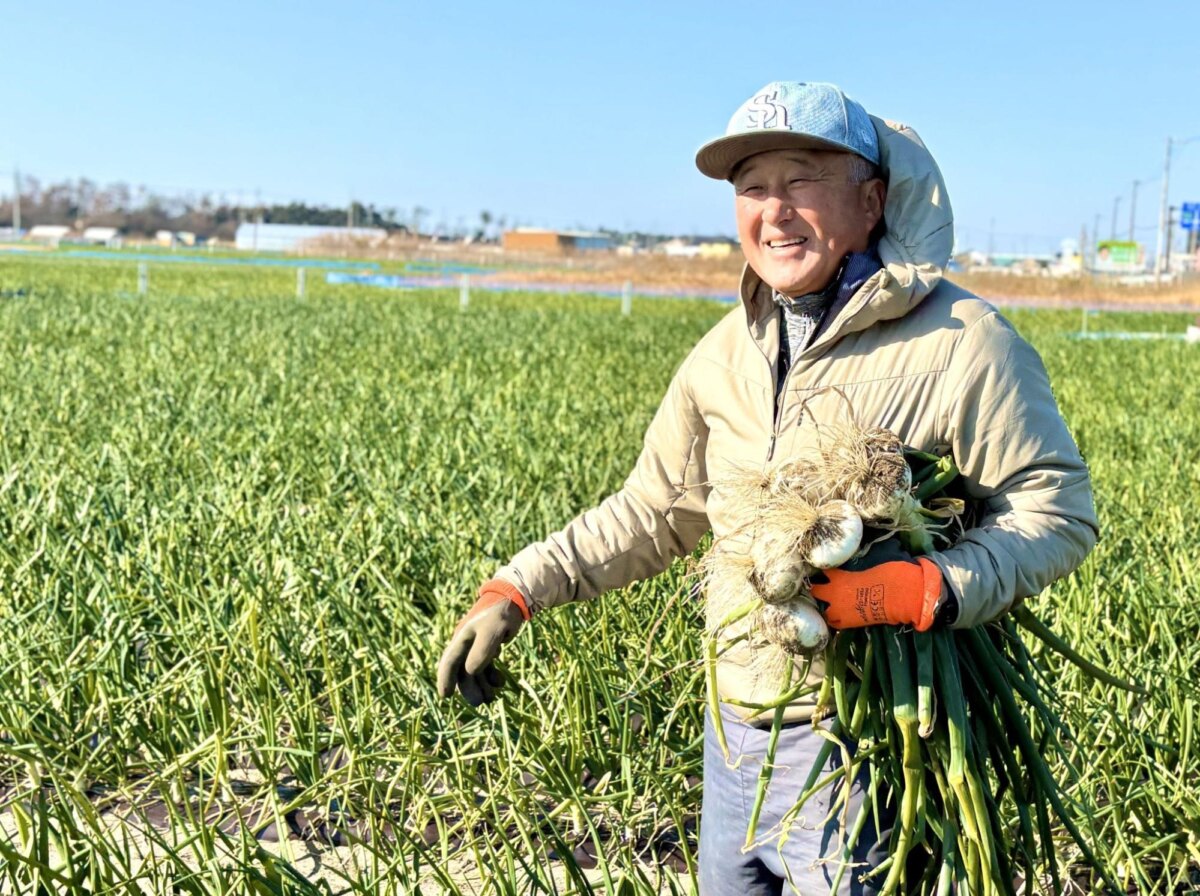
For the sake of productivity, they’ve considered mechanizing tasks like planting and harvesting, but Mr. Muramatsu smiled and said, “I still get better onions by hand, and it suits me better that way.”
It became clear that the exceptional taste of Premium White comes not just from the natural blessings of this land, but also from Mr. Muramatsu’s years of accumulated know-how and experience in cultivation.
The secret to its juiciness: early digging and morning harvests
On this special day, the two tourism ambassadors also got to experience harvesting Premium White right in the fields.
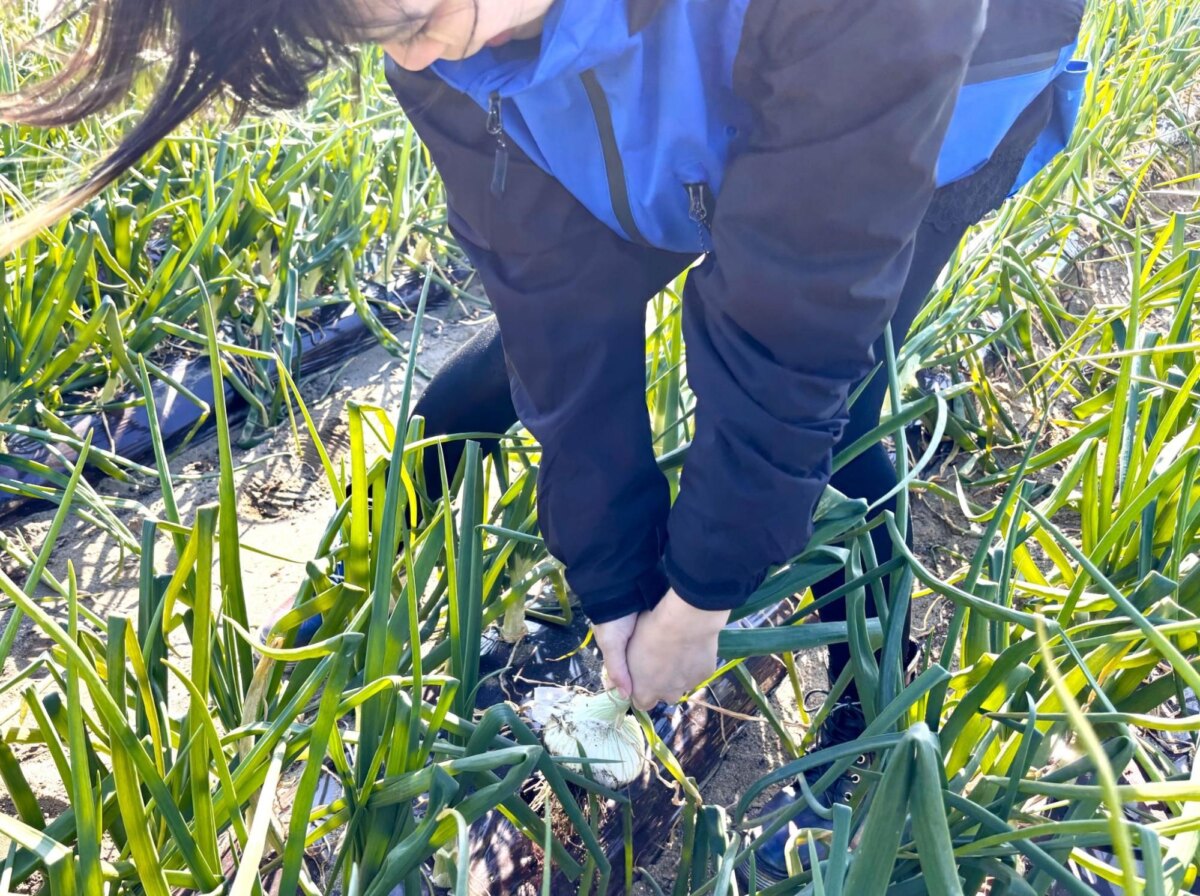
Beneath the soil, the Premium White onions were already ready for harvest.
“We’ve got one!”
“Wow! It’s so white and beautiful!”
The two ambassadors exclaimed with excitement.
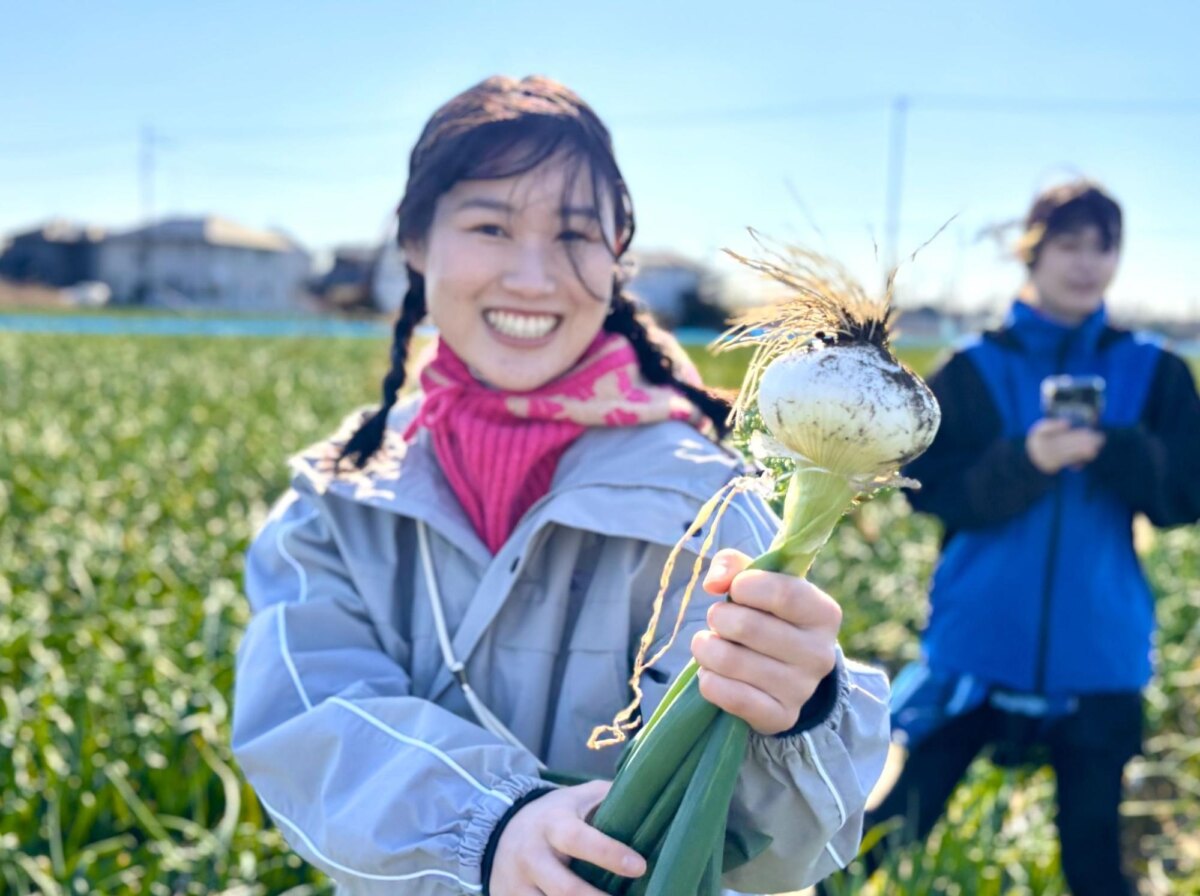
The Premium White onions peeking out of the soil looked so fresh and juicy, they almost seemed like fruit!
The Premium White onions grown by Mr. Muramatsu are harvested while their leaves are still vibrant and green.
This so-called “early digging” method ensures the onions are harvested while mild in flavor and juicy.
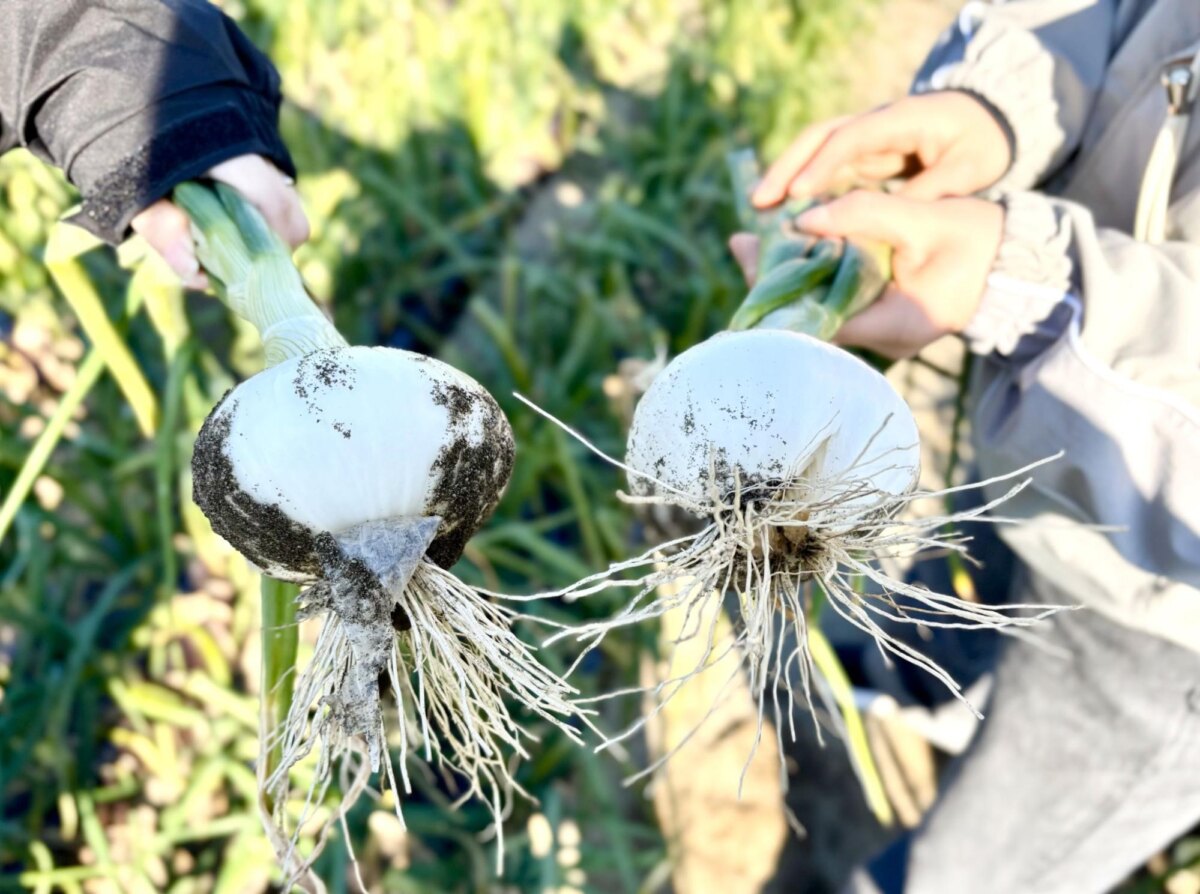
Regular onions are usually left to fully ripen in the soil and harvested once their leaves have withered.
Allowing them to fully ripen in the soil makes the bulbs firm and intensifies the onion’s characteristic sharpness.
“Premium White is harvested before fully ripening, which keeps it extra juicy and mild in flavor. In fact, you can bite into it straight from the field and taste its sweetness and freshness.”
Just as Mr. Muramatsu said, tasting a freshly harvested Premium White raw reveals a juiciness and sweetness almost like a pear—completely changing your idea of what an onion can be!

What’s more, Premium White is harvested in the morning and shipped the same day, ensuring unbeatable freshness!
Among them, the Premium White onions with their green leaves still attached are the top-grade variety, harvested earliest of all.
Only top-grade, large-sized onions are selected, making them a popular choice for gifts as well.

Be sure to try the astonishingly fresh juiciness that comes straight from the farm!
How to Enjoy Premium White Onions
Delicious raw, with a rich sweetness, full-bodied flavor, and overflowing juiciness—that’s the charm of Premium White.
First and foremost, we recommend enjoying them raw!
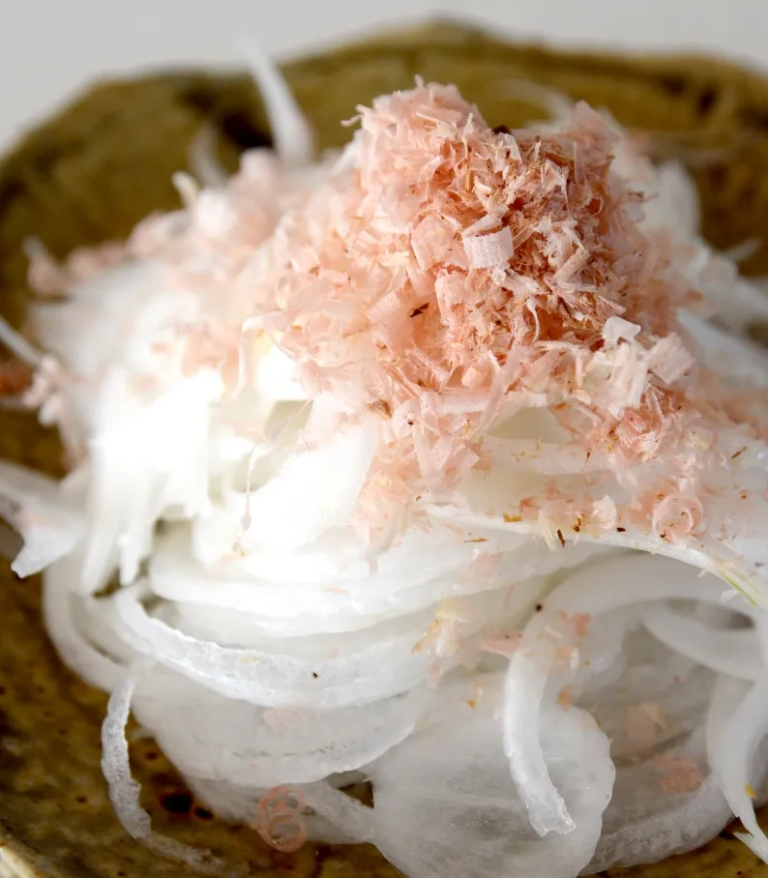
A classic: sliced onions.
Normally, sliced onions are soaked in water to remove sharpness, but with Premium White, you can skip that step and enjoy them just as they are!
With their crisp texture, juicy freshness, and natural sweetness filling every bite, even those who usually shy away from raw onions will find them irresistible.
Another simple and delicious option is to microwave a whole Premium White onion and top it with bonito flakes and soy sauce.

Image credit: Hamanako Direct Market
It becomes so tender that it falls apart with chopsticks, with a melt-in-your-mouth texture and intensified sweetness—so good you could easily eat several in one sitting.
Of course, Premium White also shines as the star ingredient in any dish.
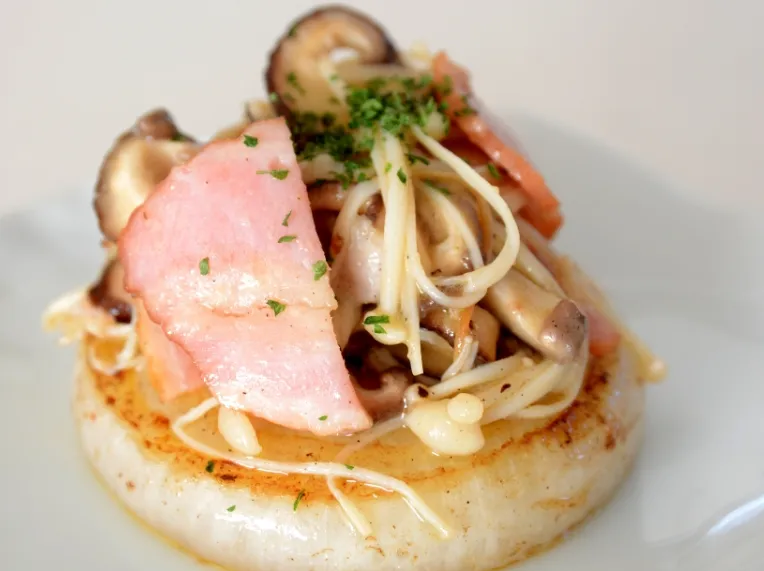
Image credit: Hamanako Direct Market
Slice Premium White thickly, cook it slowly in a buttered pan, and season with salt and pepper for the ultimate onion steak!
You can also add sautéed mushrooms or bacon for extra flavor, if you like.
Whether in miso soup, curry, stews, or stir-fries, using Premium White adds a touch of luxury and a unique flavor to your everyday dishes.
 ̄ ̄ ̄ ̄ ̄ ̄ ̄ ̄ ̄ ̄ ̄ ̄
Premium White, nurtured by the blessed natural environment of Hamamatsu’s Shinohara area and Mr. Muramatsu’s years of experience and skill, offers a taste that sets it apart from ordinary onions—truly in a league of its own.
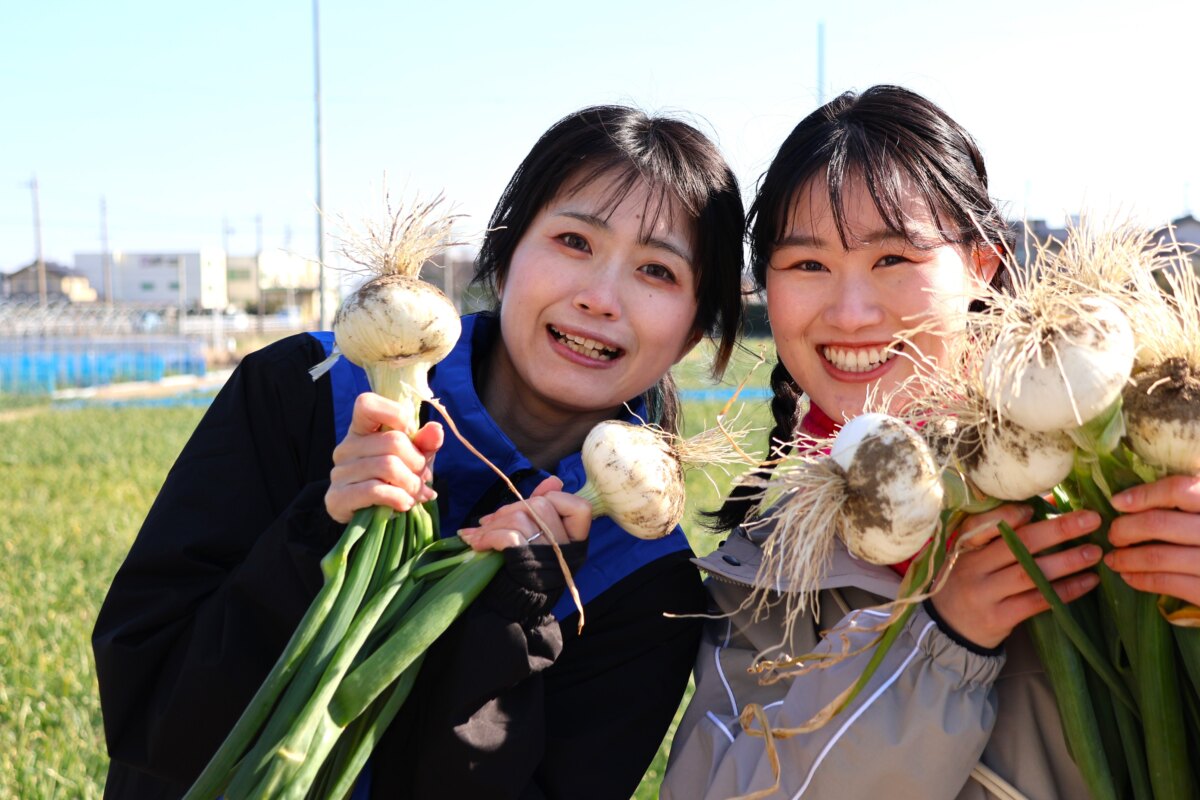
Why not experience the incredible flavor of Japan’s earliest-harvested Shin-Shiratama onions for yourself?
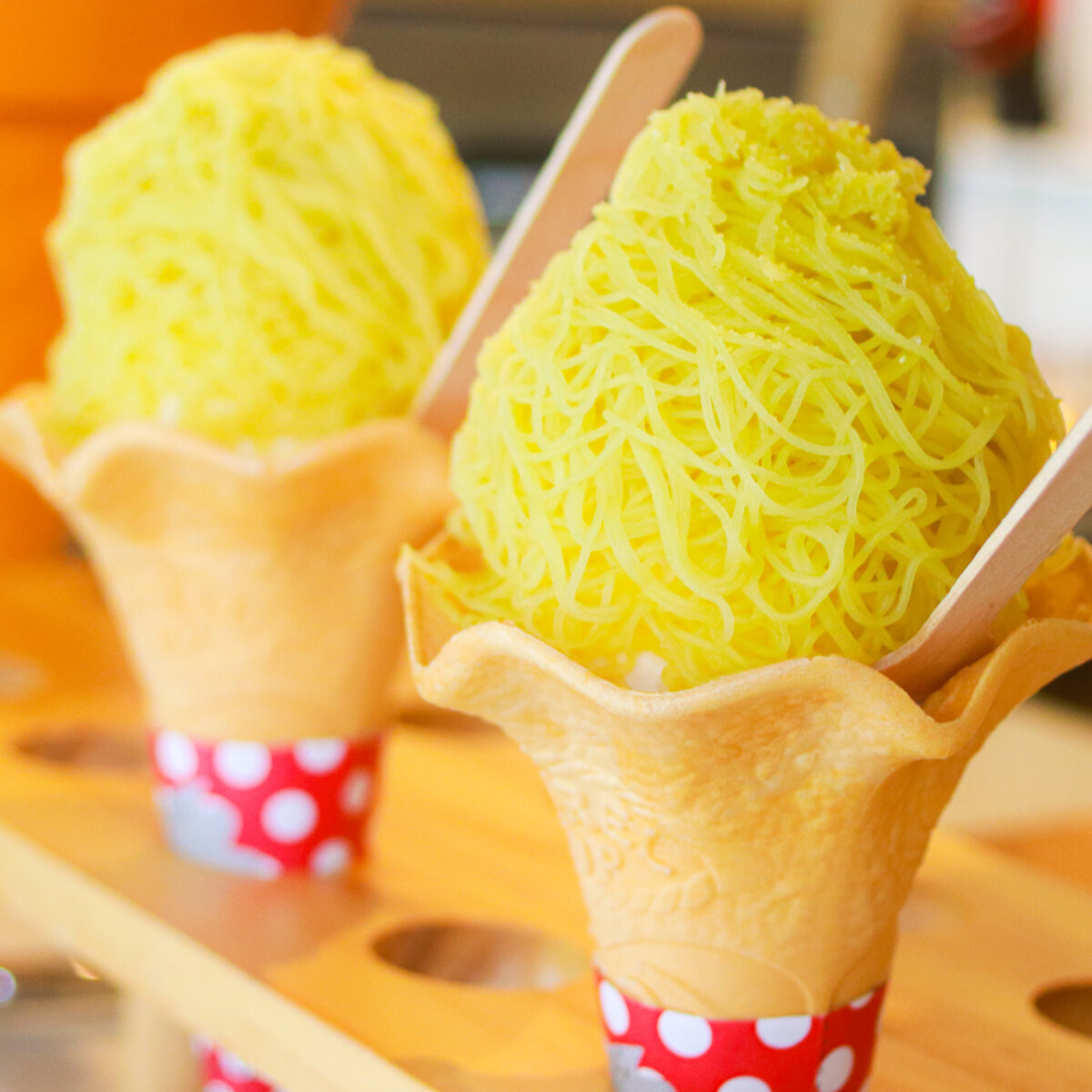
Introducing Exquisite Sweets Made with Hamamatsu’s Famous “Unagi Imo”
